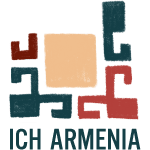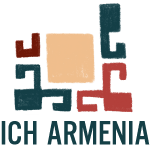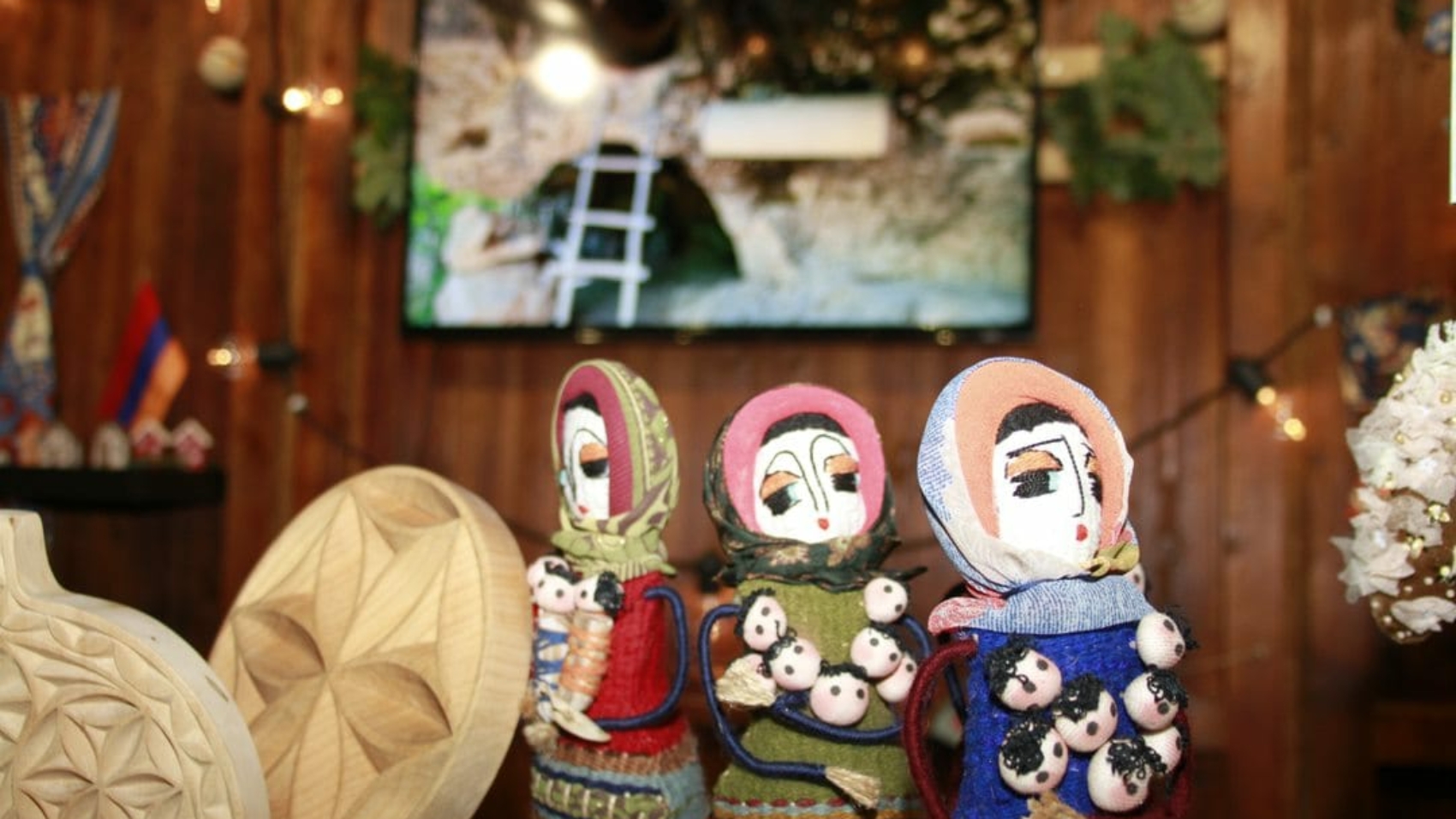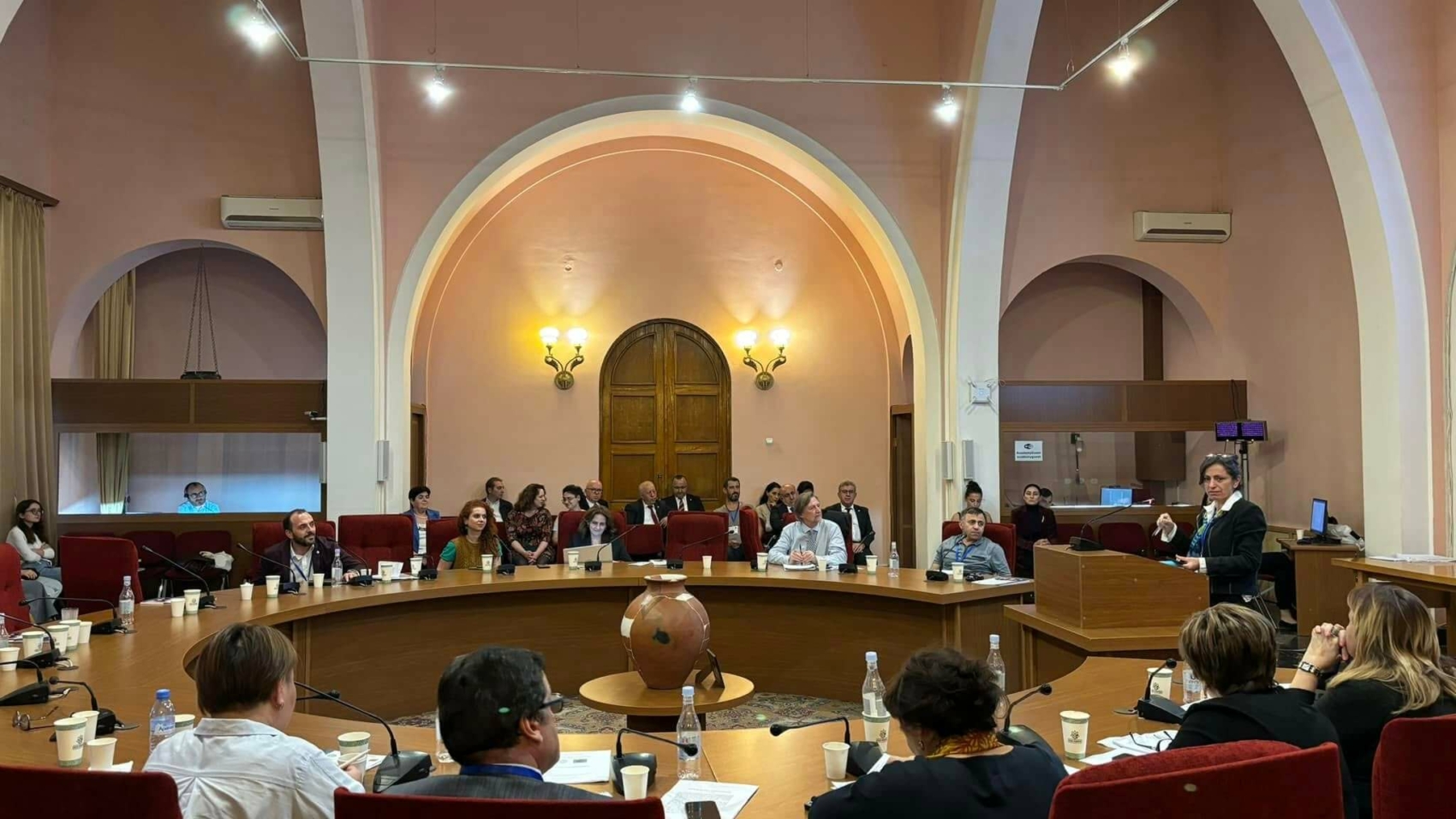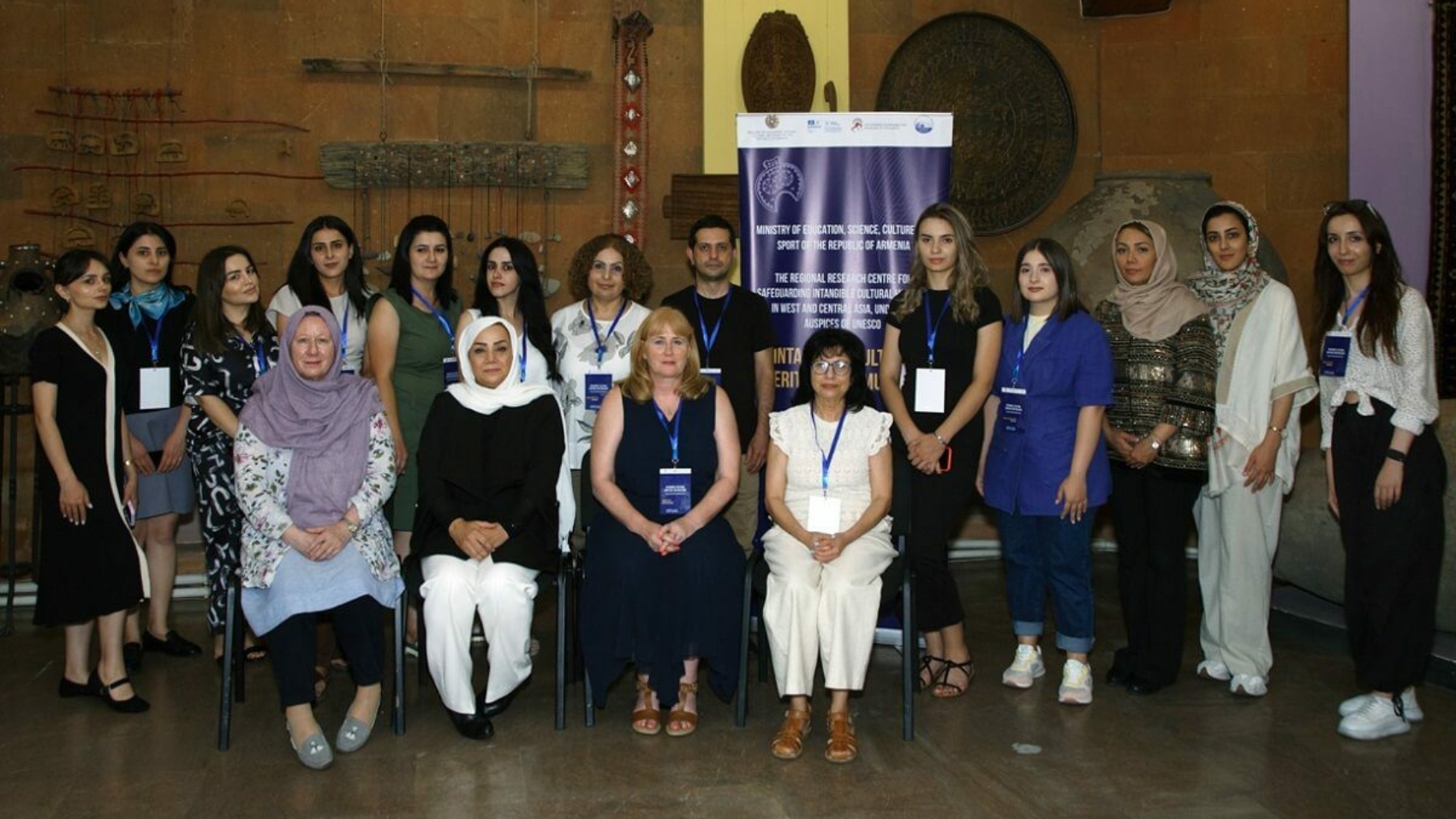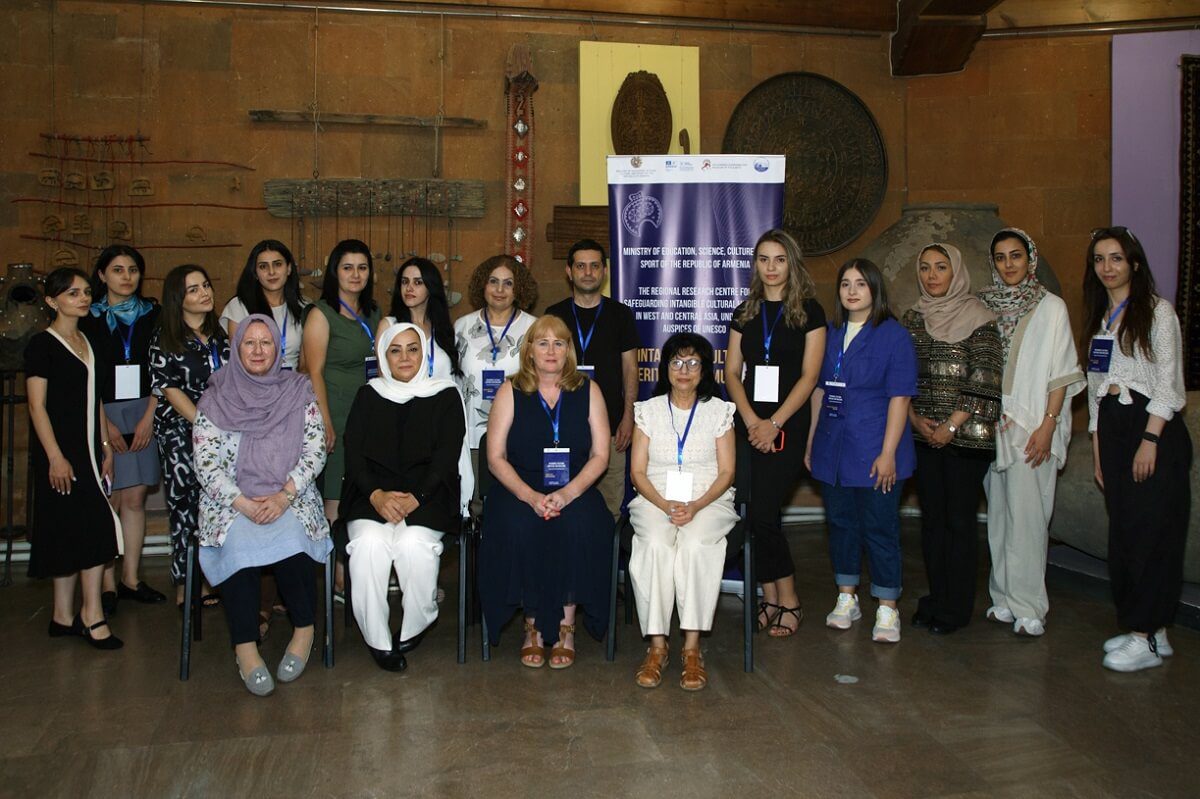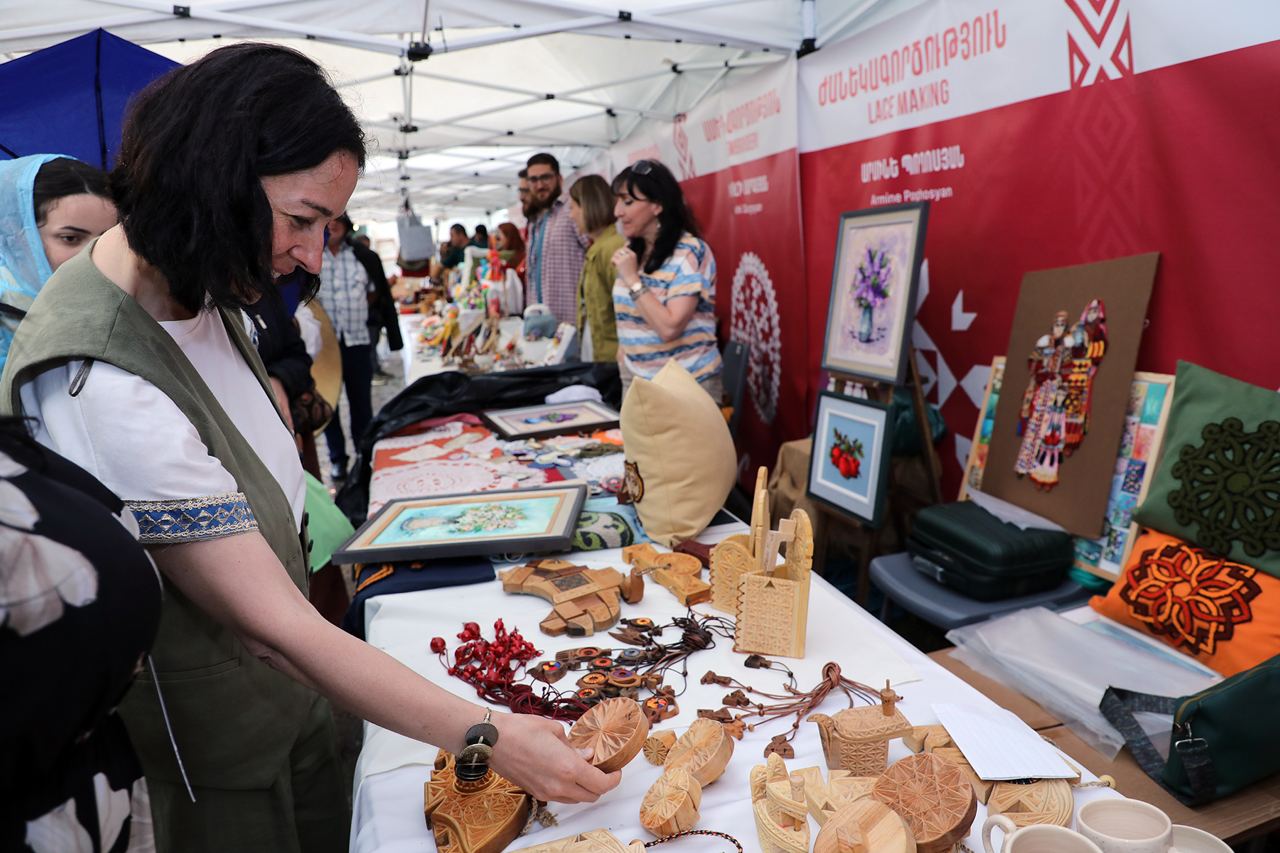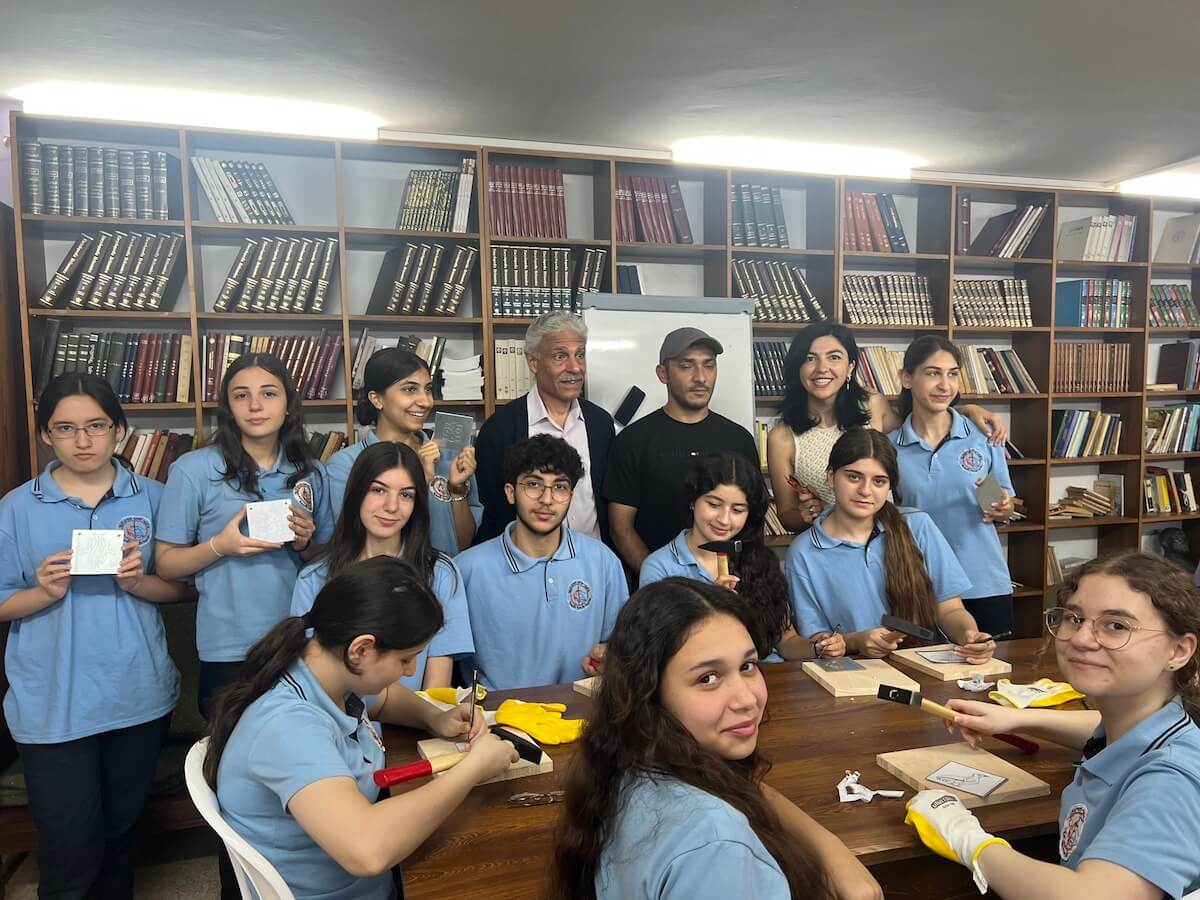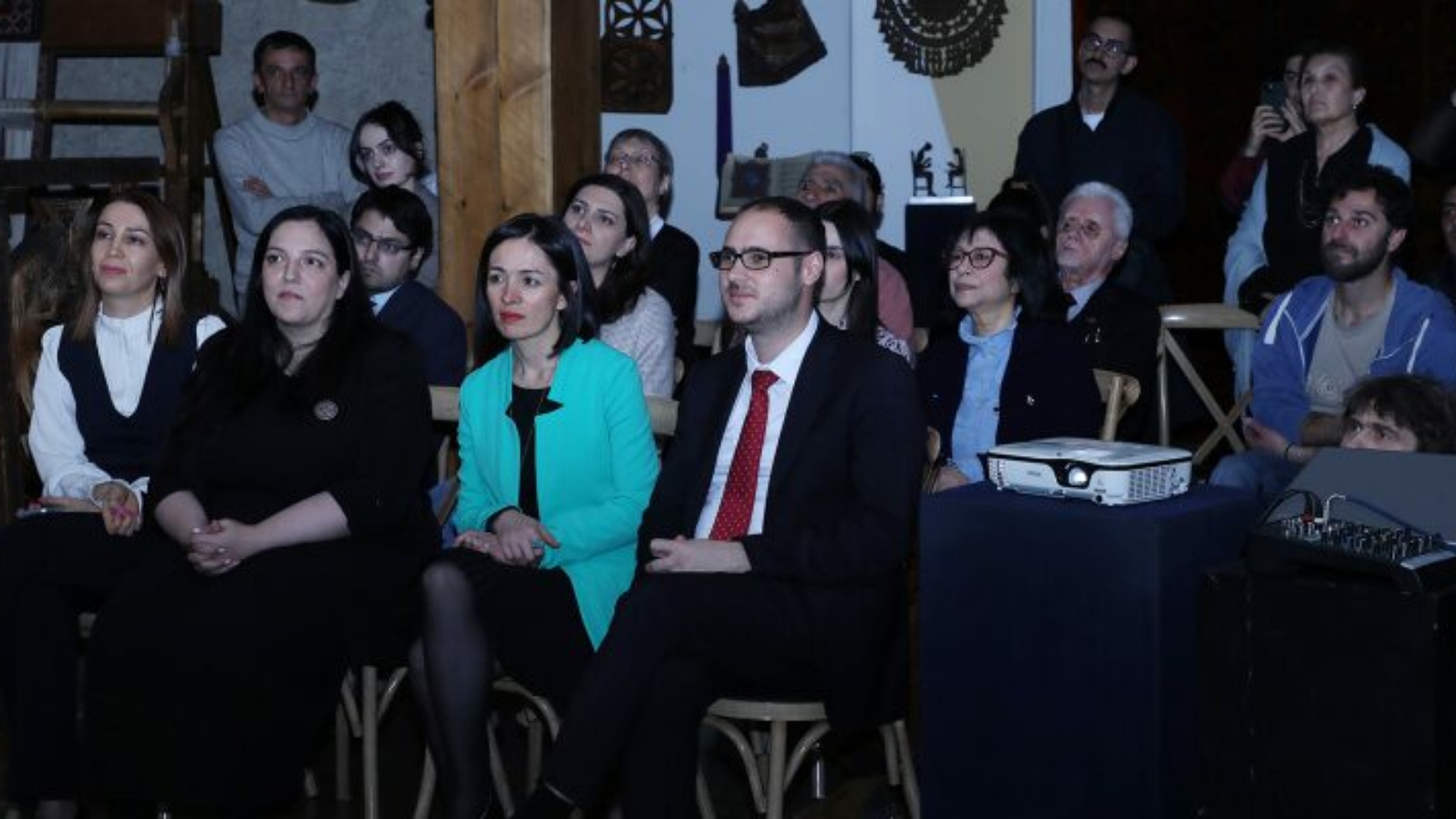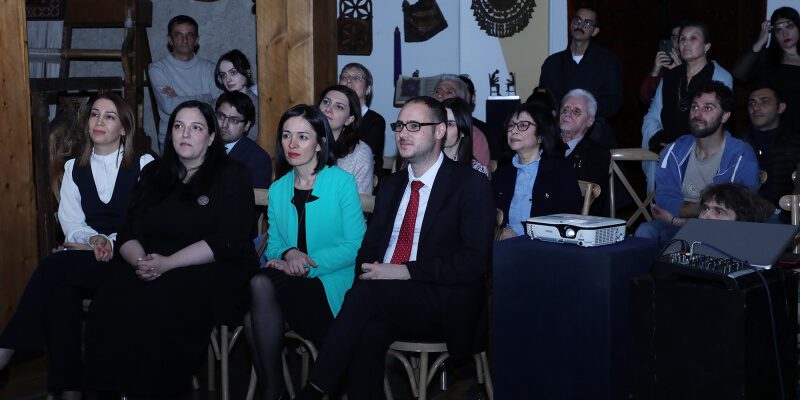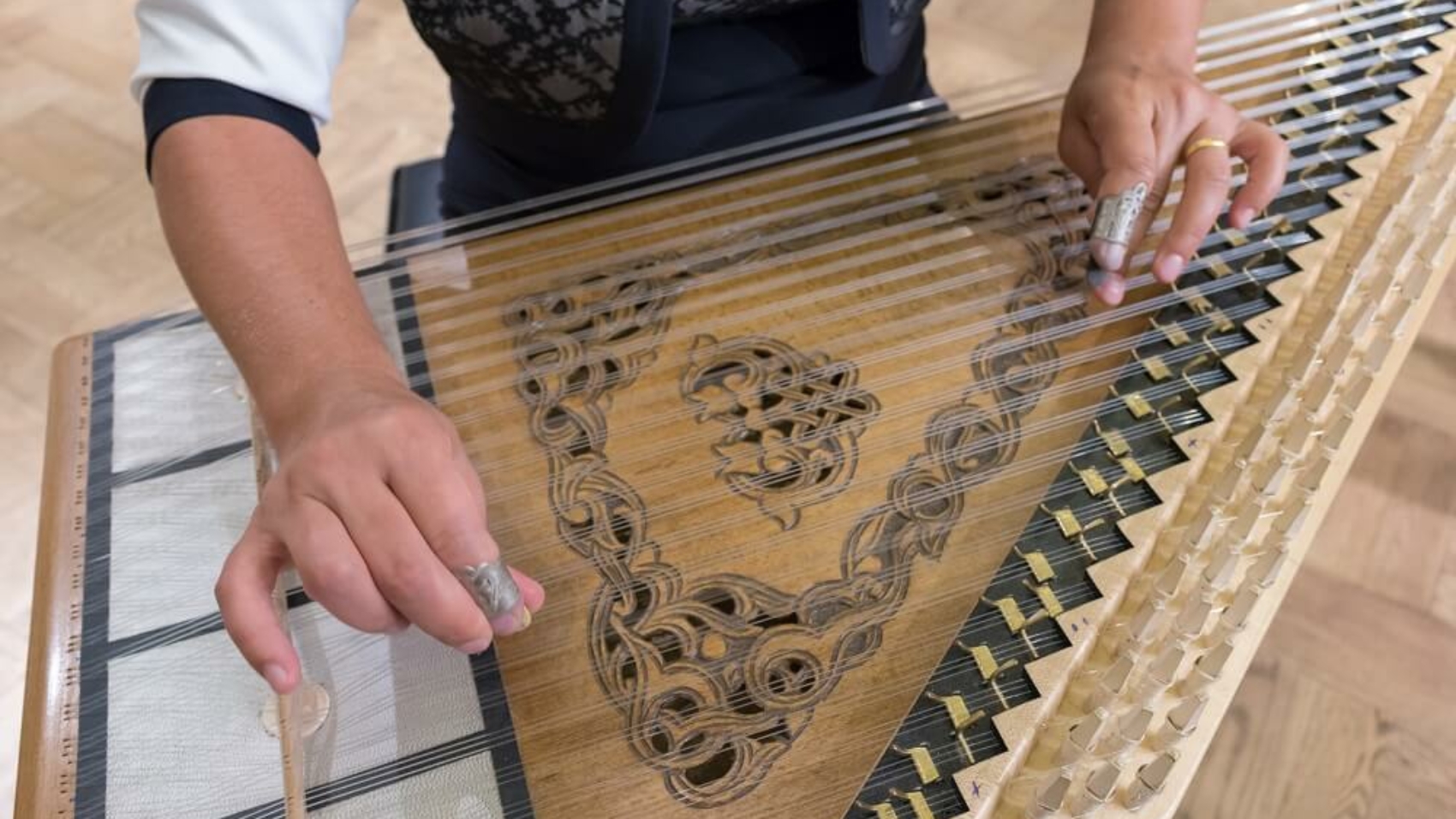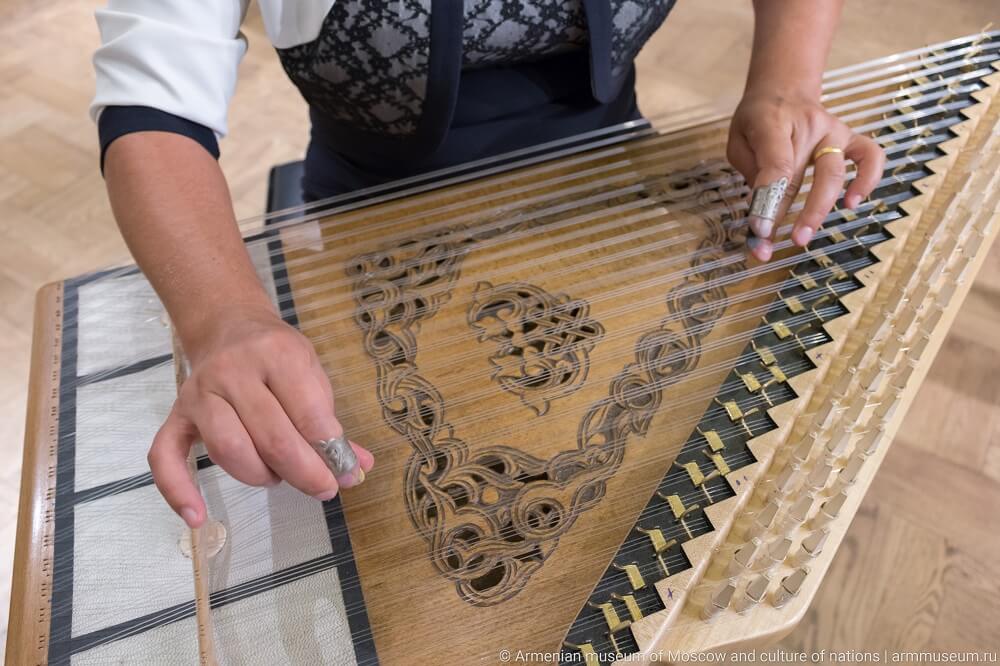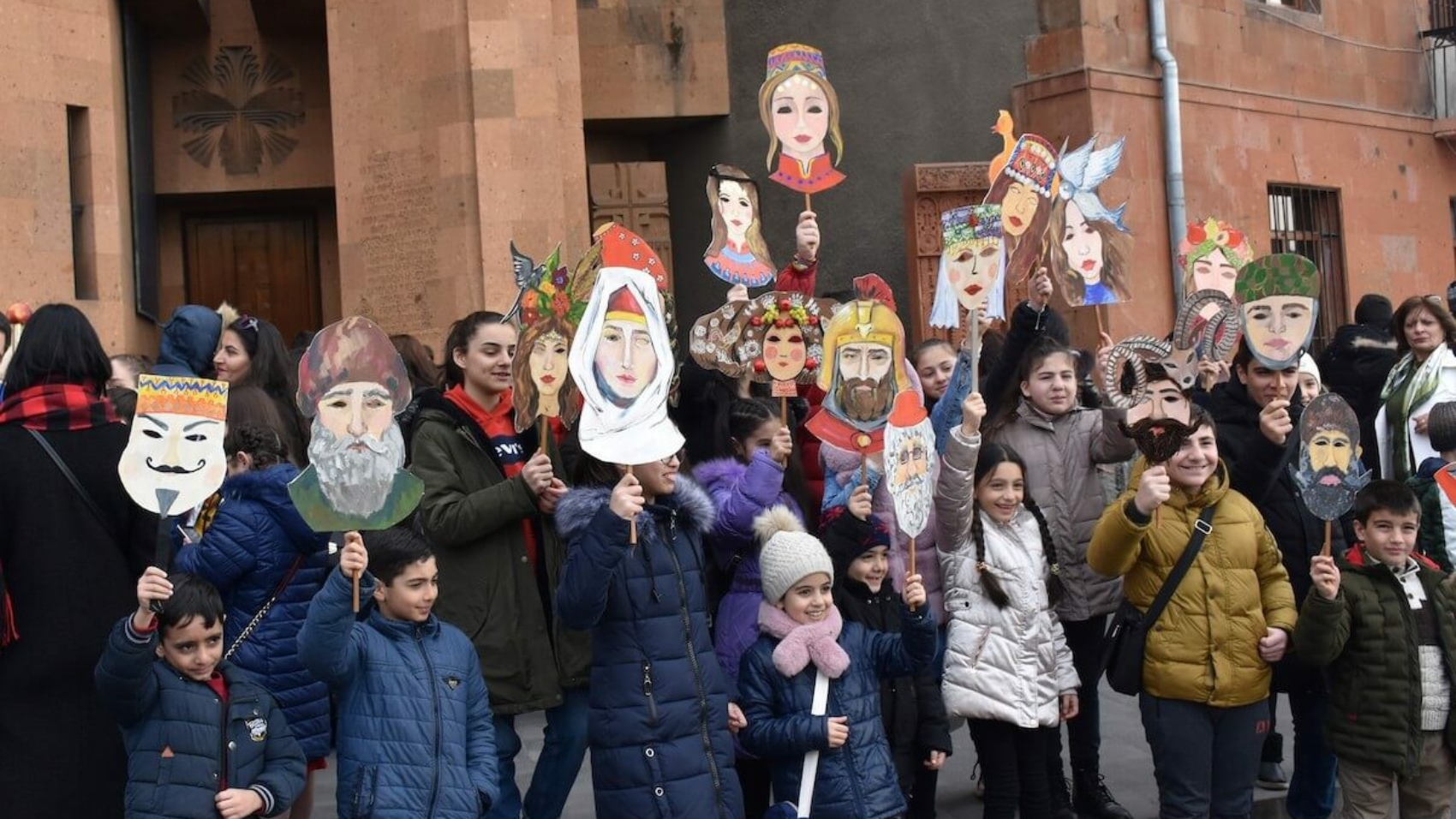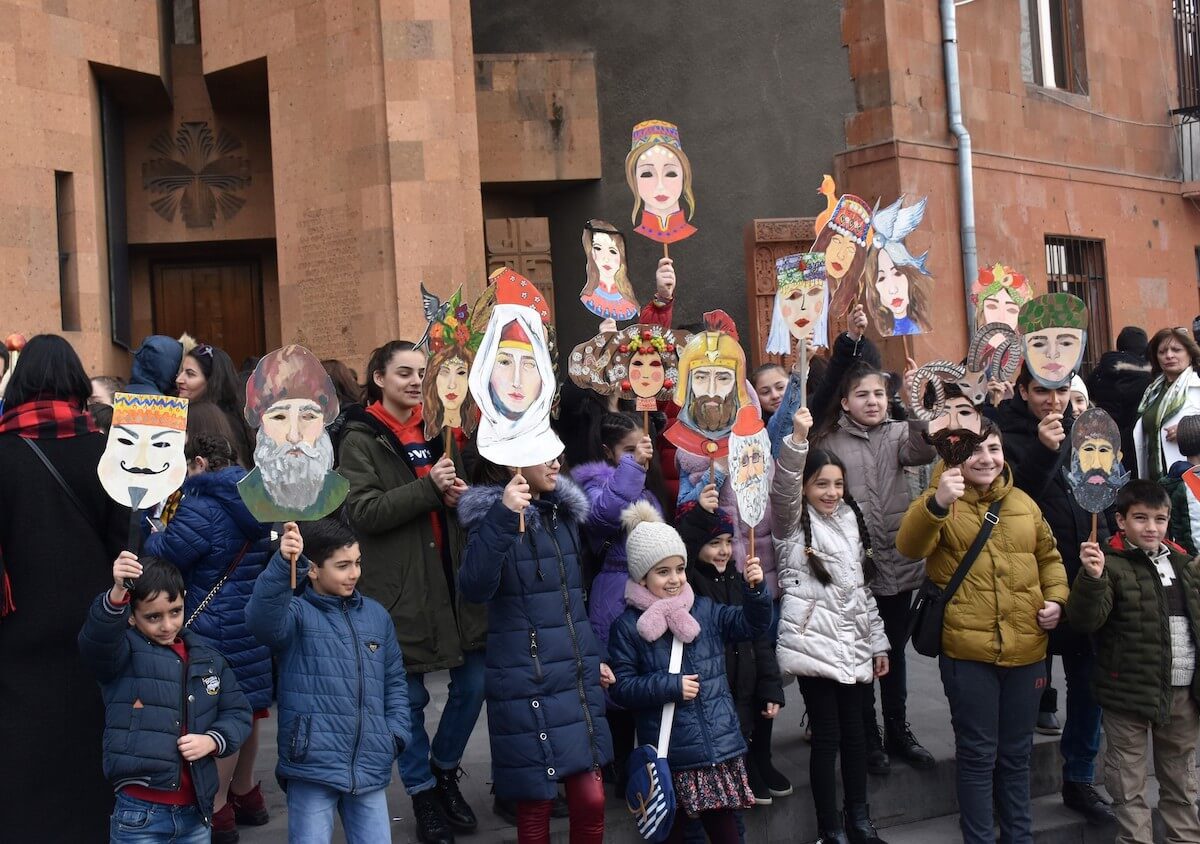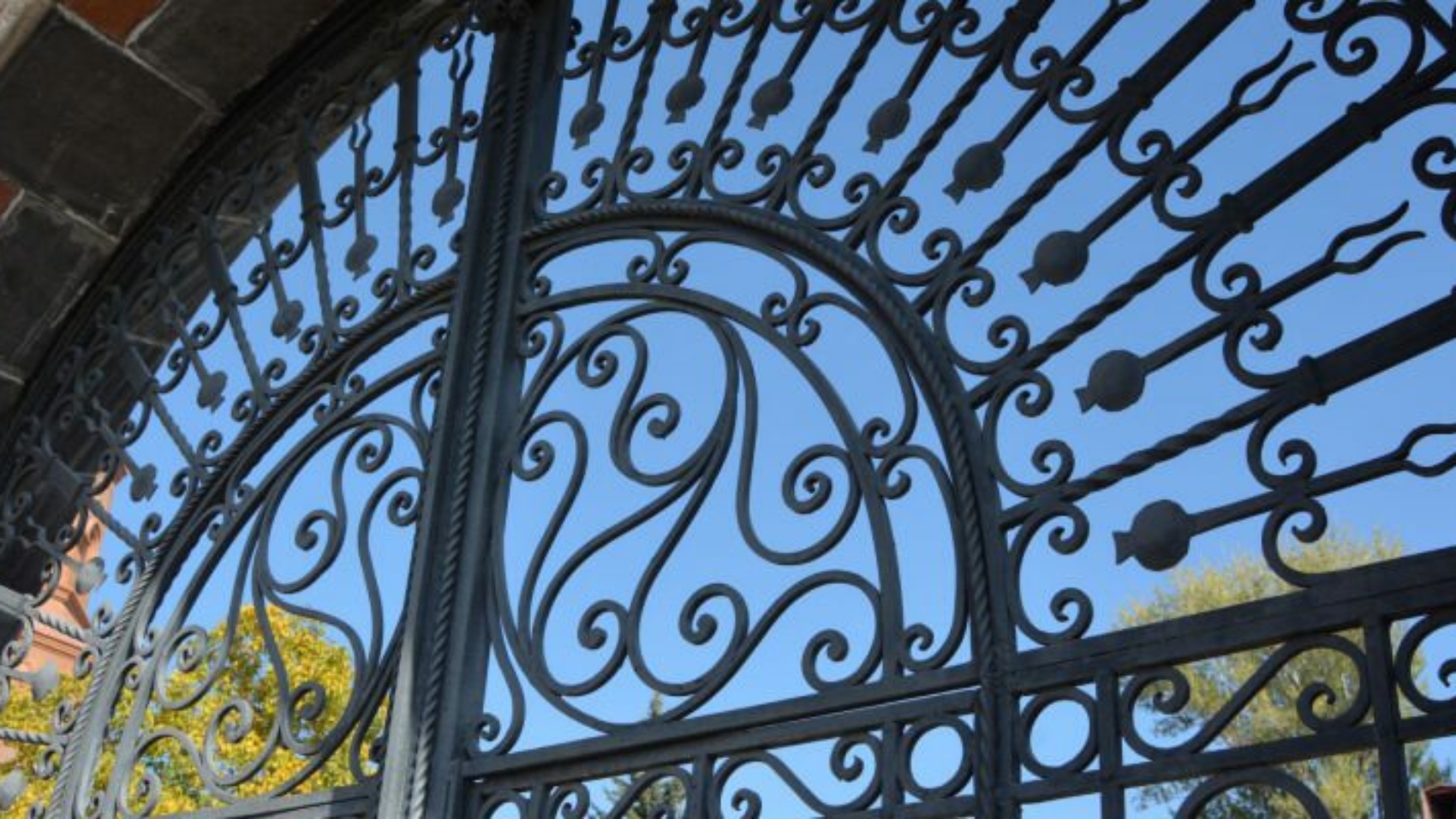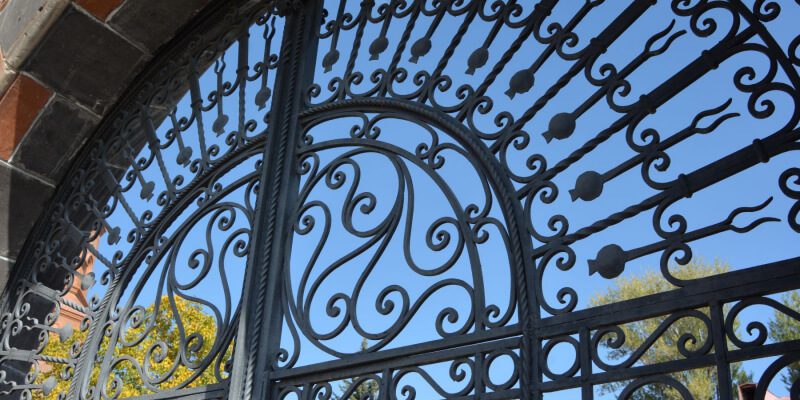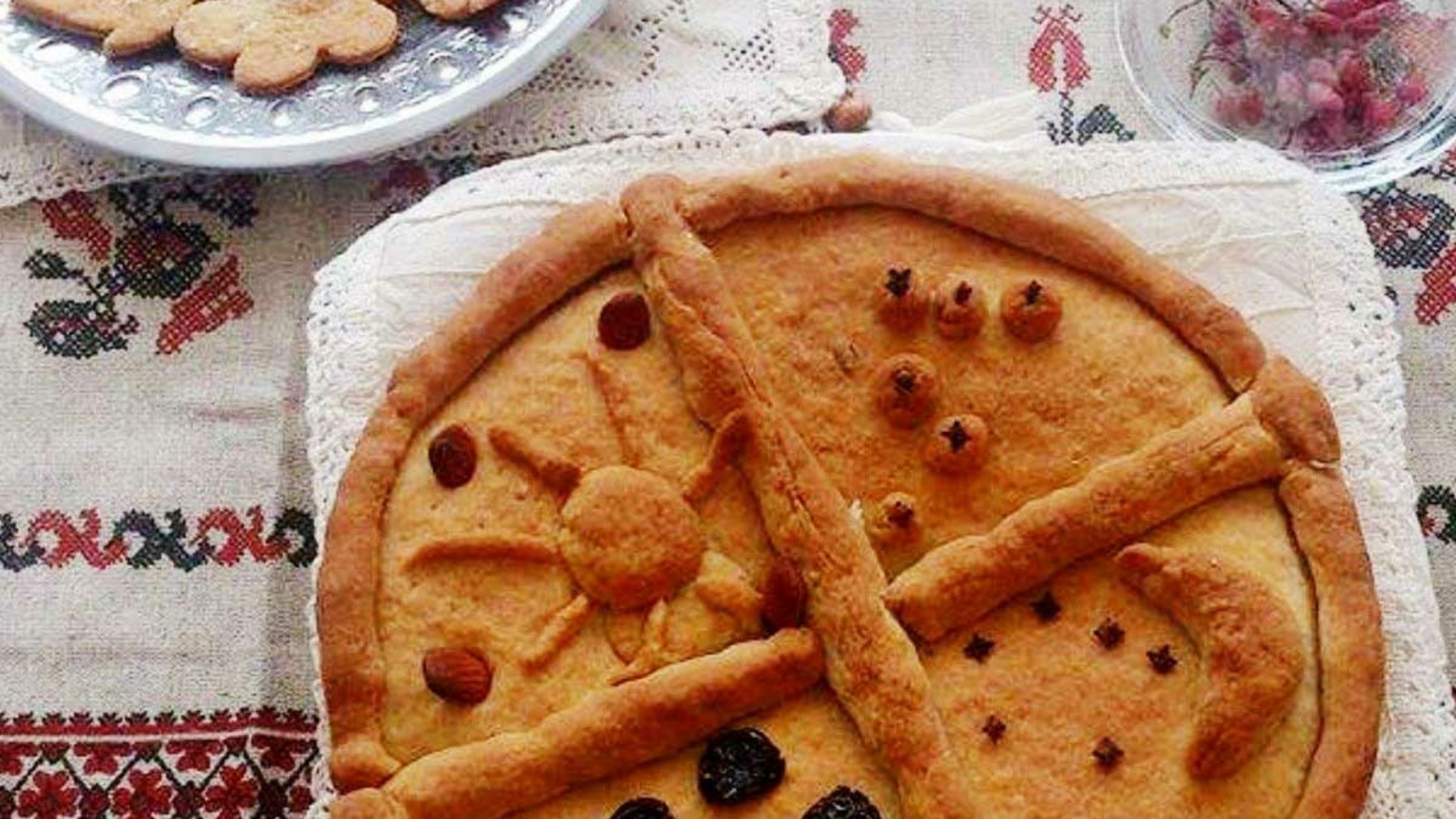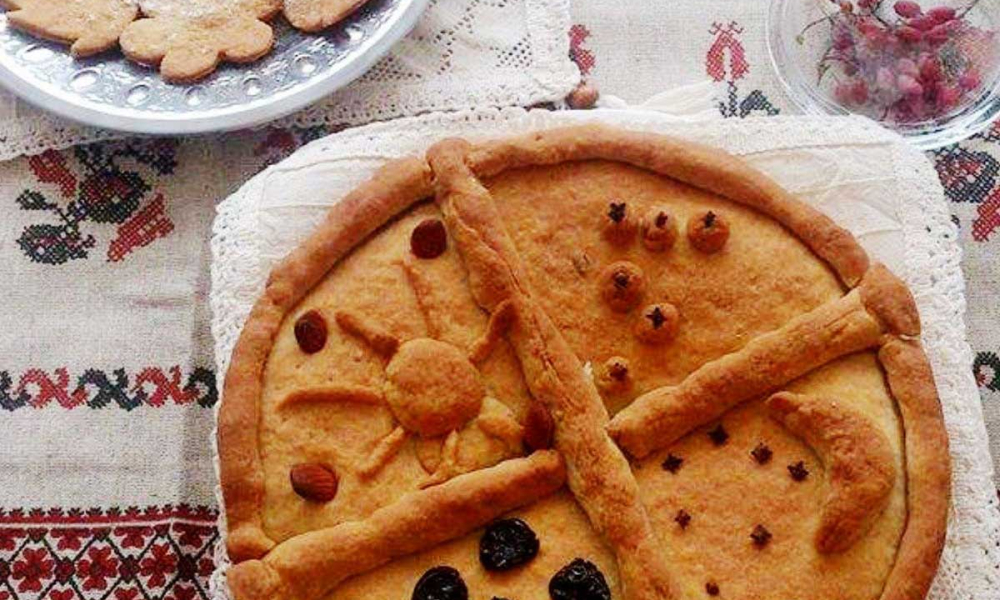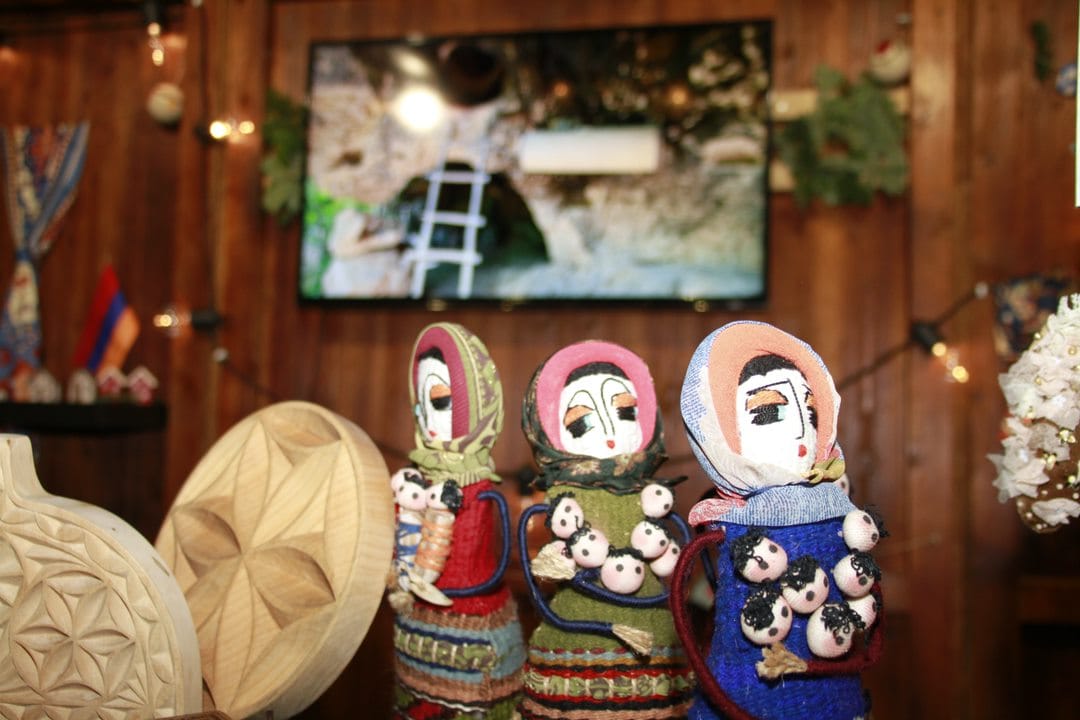
Armenia is participating in the Spittelberg Christmas Market in Vienna with a separate pavilion.
Until December 23, the Armenian pavilion will display the handmade works of about 40 masters: samples of woodwork, embroidery, felting, pottery, doll making, and souvenirs.
The Museum of Folk Arts, which has been engaged in the preservation and popularization of intangible cultural heritage for many years, participated in the organization of the pavilion. The Museum has extensive experience in ensuring the representation of the country on various international platforms. Back in 2023, Armenia participated for the first time in the Strasbourg Christmas Market, widely known in Europe, presenting the handmade works of Armenian masters.
The program is implemented by the Ministry of Education, Science, Culture and Sports of the Republic of Armenia, jointly with the Yerevan Municipality, with the support of the Ministry of Foreign Affairs of the Republic of Armenia, in cooperation with the Cultural Development Foundation, the Museum of Folk Arts and the Fastex Company.
The aim is to promote Armenia’s cultural heritage and to increase the country’s visibility.
The Spittelberg Christmas Market in the Austrian capital of Vienna has been held since the 1970s in one of the historic districts of Vienna. It is one of the most famous Christmas markets in Vienna, attracting thousands of visitors every year. The market takes place on the pedestrian streets of Spittelberggasse, Gutenberggasse and Schrankgasse in the Spittelberg district of Vienna, which are distinguished by their beautiful architecture and festive atmosphere.

